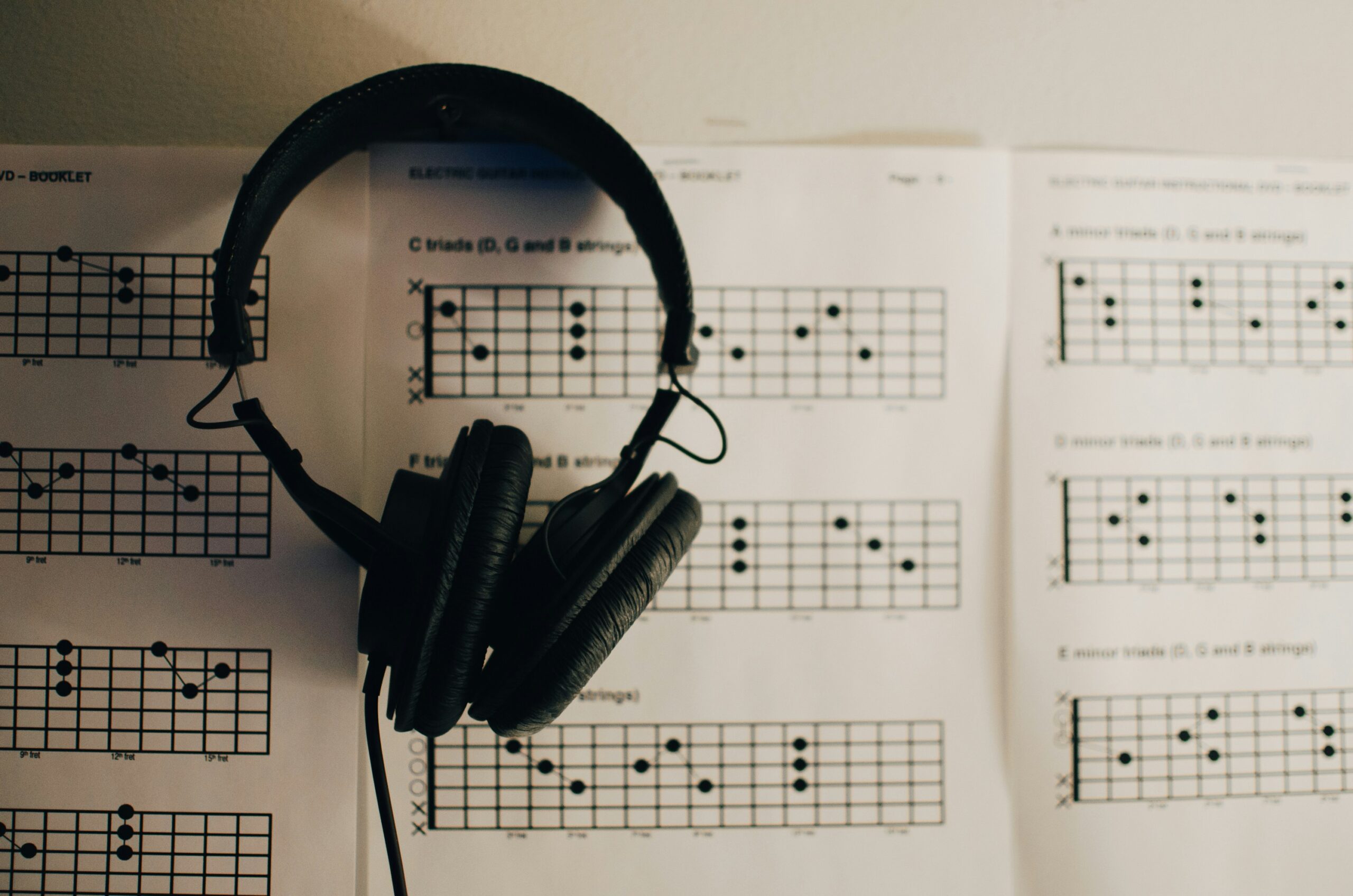
Songwriting can feel like unlocking a mystery box. New songwriters often find themselves overwhelmed by melodies swirling in their heads and lyrics scribbled on napkins, unsure how to turn them into a finished song. The secret lies in understanding song structure—the blueprint that helps shape ideas into music people want to hear. Learning how songs are built gives new writers confidence, focus, and a path to creativity that’s both free and organized.
Why Song Structure Matters
Think of song structure like architecture. A house needs walls, doors, and a roof in a certain layout to be functional and welcoming. Similarly, a song needs its own blueprint. Listeners crave familiarity, and predictable structures help them connect emotionally. Even if they can’t explain what a chorus or bridge is, people recognize when a song “feels right.” Structure is what makes a melody memorable, lyrics impactful, and repetition satisfying rather than annoying.
For beginners, knowing the common parts of a song is the first step. Once you understand the basics, you can experiment and bend the rules to create your unique style. But first, you have to know what the rules are.
The Typical Song Blueprint
Modern popular music, from pop and rock to country and hip-hop, usually follows a few well-loved structures. Let’s look at the most common elements you’ll encounter:
- Verse: This is where the story unfolds. Verses often change lyrically each time they appear, but keep the same melody. They build context and move the song forward. If your song is a book, the verses are its chapters.
- Chorus: The chorus is the payoff—the emotional hook that listeners remember. It usually has the same words and melody each time, driving home the song’s central theme or feeling. A strong chorus makes people want to sing along.
- Pre-Chorus: Not all songs have one, but it’s a short section between the verse and chorus that builds tension or changes the dynamics. It can lift energy or introduce a melodic shift that makes the chorus feel bigger.
- Bridge: This part adds variety, breaking the song’s pattern before returning to the final chorus. It often introduces a new chord progression, melody, or lyrical perspective. The bridge can prevent the song from feeling repetitive.
- Intro and Outro: The intro sets the stage with a musical motif or instrumental lead-in. The outro wraps things up, either fading out or ending with a clear final chord. Intros and outros are where songwriters can add unique personality.
A common pop structure looks like this: Intro – Verse – Chorus – Verse – Chorus – Bridge – Chorus – Outro. But that’s not the only way to build a song.
Variations and Creative Freedom
Some genres love experimenting with structure. In folk music, verses might keep rolling without a big chorus. In EDM, the drop acts like a chorus but without lyrics. Hip-hop often focuses on verses and hooks rather than traditional bridges.
As a new songwriter, it’s wise to start simple. Try writing songs using a basic structure until you feel comfortable, then branch out. You’ll find that small changes—like shortening a verse or repeating a chorus twice—can completely transform the energy of a song.
It’s also important to remember that structure isn’t just about labels like “verse” or “chorus.” It’s about dynamics. A great song takes listeners on a journey, creating rises and falls in energy and emotion. Think about how each section contrasts with the others. Is your chorus louder or catchier than your verse? Does your bridge feel like a fresh twist?
Tips for Writing Strong Sections
- Verses: Keep your story moving forward. Don’t repeat ideas from one verse to the next. Each verse should reveal something new about your song’s character, emotion, or situation.
- Chorus: Make your chorus memorable and straightforward. Avoid cramming too many words. Focus on a catchy melodic phrase and a strong lyrical hook.
- Bridge: Consider the bridge a chance to surprise the listener. Change the chord progression, melody, or lyrical focus. Even a small change can keep a song exciting.
- Repetition vs. Variety: Repetition helps people remember your song, but too much can become boring. Balance familiar sections like the chorus with fresh elements like a bridge or dynamic shift.
Learning by Listening
One of the best ways to master song structure is to listen actively. Pick some of your favorite songs and map out their sections. When does the first chorus appear? How long is each verse? Is there a bridge? Notice how each part feels and how it serves the song’s message.
Don’t limit yourself to one genre. Compare how a rock ballad and a country hit handle structure differently. Listen to modern hits and older classics. Over time, you’ll spot patterns and possibilities.
Final Thoughts
Song structure isn’t a prison for creativity—it’s a guide. It helps you turn loose ideas into songs that connect with people. For new songwriters, understanding this blueprint is the first step toward writing music that feels complete and satisfying. And once you know how the house is built, you can knock down walls, add secret passages, or make a tower—whatever your creativity demands.
Keep writing, keep experimenting, and keep listening. Song structure is your friend; with practice, you’ll learn how to use it to share your voice with the world.